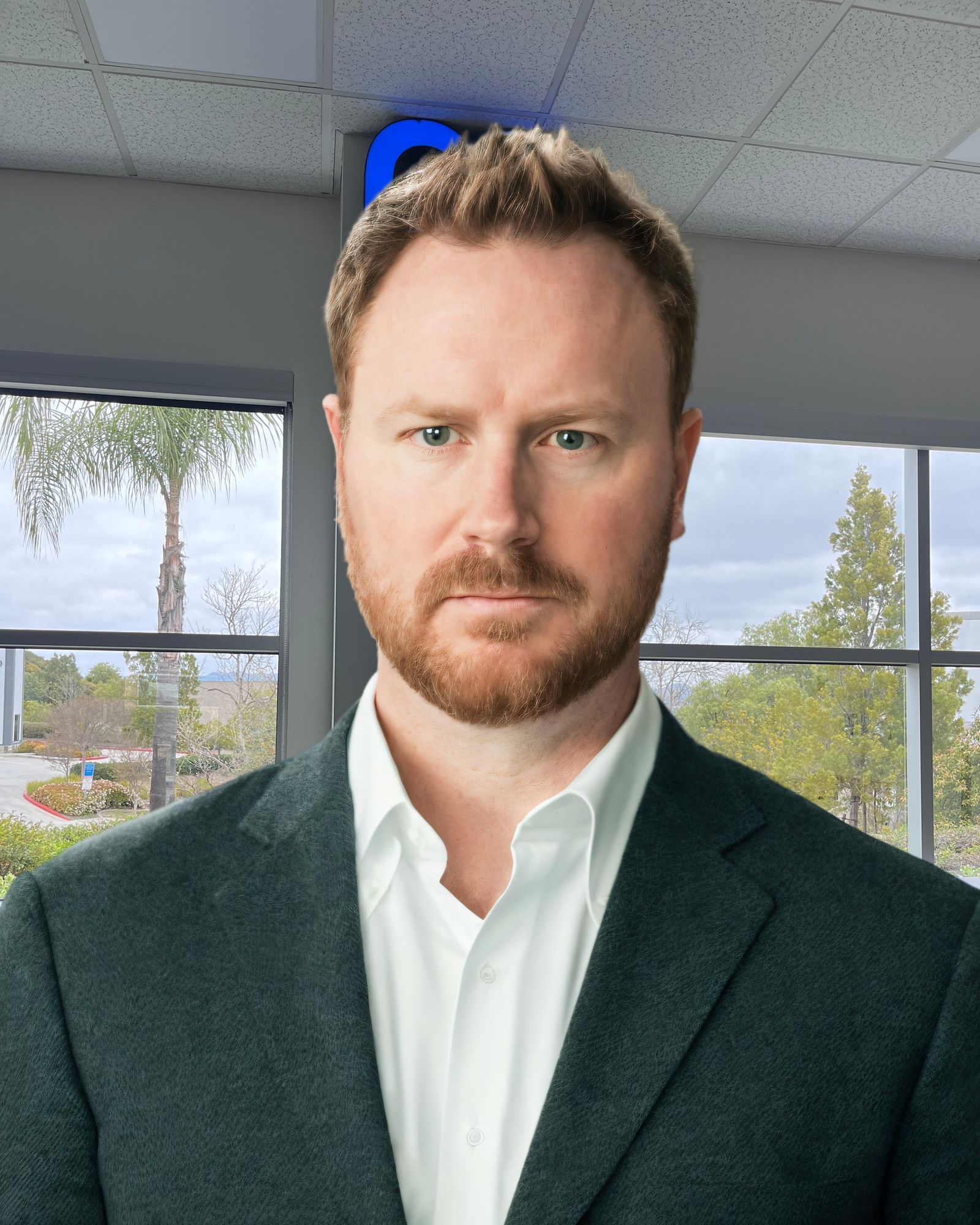7 Differences Between Charter and Private Schools
Parents are being misled about their childrens’ education. If you’re like many parents, you may think private schools and charter schools are similar, if not the same. In reality, these two types of schools are dramatically different, and so are the learning experiences they provide to your student. In this article, we map out the key differences between charters and private schools.
Why Are Charter Schools and Private Schools Confused?
Charter schools and private schools are often lumped in the same category because they are both alternatives to traditional public schools. They’re both types of schools that provide K-12 education to students. However, there are major differences between them. Here are seven differences that separate charter schools and private schools.
1. School Funding
School funding is an especially influential component that drives a wedge between private and charter schools. Charter schools are public schools that are funded by state and federal governments. That means they’re free to attend and open to the public.
Private schools do not receive government funding. They’re funded through tuition, donations, and grants. That’s why, unlike public charters, private schools charge tuition.
2. Tuition Costs
Parents often wrongly think both private schools and charter schools charge tuition. In reality, private schools do charge tuition; charter schools don’t.
According to an EducationData report, the average cost of tuition per year at private schools is $12,350 per year. On the other hand, charter schools are legally prohibited from charging tuition. Instead, they’re completely free to attend.
3. Admission Requirements
Another major difference between charter schools and private schools is admission requirements. Private schools are often selective in their admissions process. They usually require testing or other admission requirements before your child is allowed to attend. Overall, this tends to lead to less diverse student populations at private schools because money and an advanced academic background tend to be common prerequisites for enrollment.
Charter schools are open to all students within a designated jurisdiction, and they aren’t allowed to discriminate during the admission process. In addition to being bound to discrimination laws, charter schools are legally required to admit students on an open basis. When enrollment fills up, charter schools select additional students through a lottery.
4. Religious and Political Influence
You may have noticed that many private schools are tied to churches, religious groups, or political organizations. Because they receive private funding, private schools often operate under the influence of these outside entities. That also means private schools are able to carry concepts and ideas from these types of groups into the classroom. In fact, it isn't uncommon for students at private schools to take compulsory religious courses.
On the other hand, charter schools are legally obligated to keep programs, admissions, and hiring free from religious and political influence. That means charters aren’t allowed to let these entities control what’s taught in the classroom.
5. Accountability
Because they’re funded and run differently, public charter schools and public schools are accountable for different levels of academic standards. Even though public charters generally have more flexibility in the teaching models or academic approaches than traditional public schools, they still need to uphold agreed-upon charters. In order to uphold these contracts, charter schools need to hit academic standards. They also need to follow federal education laws.
Private schools essentially operate in a vacuum. There are few standards imposed on private schools, and they aren’t required to meet academic curriculum or performance standards.
6. Student and Teacher Demographics
Charter schools and public schools also tend to serve different student populations. As a whole, charter schools serve a much more diverse group of students than private schools.
The National Center for Education Statistics (NES) found the following demographic information for the 2017-18 school year:
- Sixteen percent more public charter schools served a student population that was made up of more than 50 percent black students than private schools.
- Twenty-one percent more public charter schools featured a student population that was higher than 50 percent hispanic than private schools.
- Seventy-two percent of private schools had a population made up of 50 percent or more white students, compared to 32 percent of public charter schools.
7. Teaching Credentials
Teacher credentials and requirements are a final—yet important—difference between private schools and public charter schools. Under California law, charter schools must hire certified instructors with a teaching credential or document that’s equal to the requirements of traditional public schools, issued by the Commission on Teacher Credentialing.
Private schools do not have these same hiring obligations. In fact, private schools are allowed to employ any teachers, regardless of whether they hold teaching credentials or not.
See What Life’s Like at An Online Charter
If you’re considering an online charter school for your child, you don’t have to jump in uninformed. We have a free resource to answer your questions about online charter schools and give you a taste for what learning is like in these K-12 schools. Read our free guide What To Expect From Online School for an inside preview of life at an advanced online charter school.




-1.svg)
.svg)
-1.svg)
.svg)
.svg)

.svg)










.svg)
.svg)






